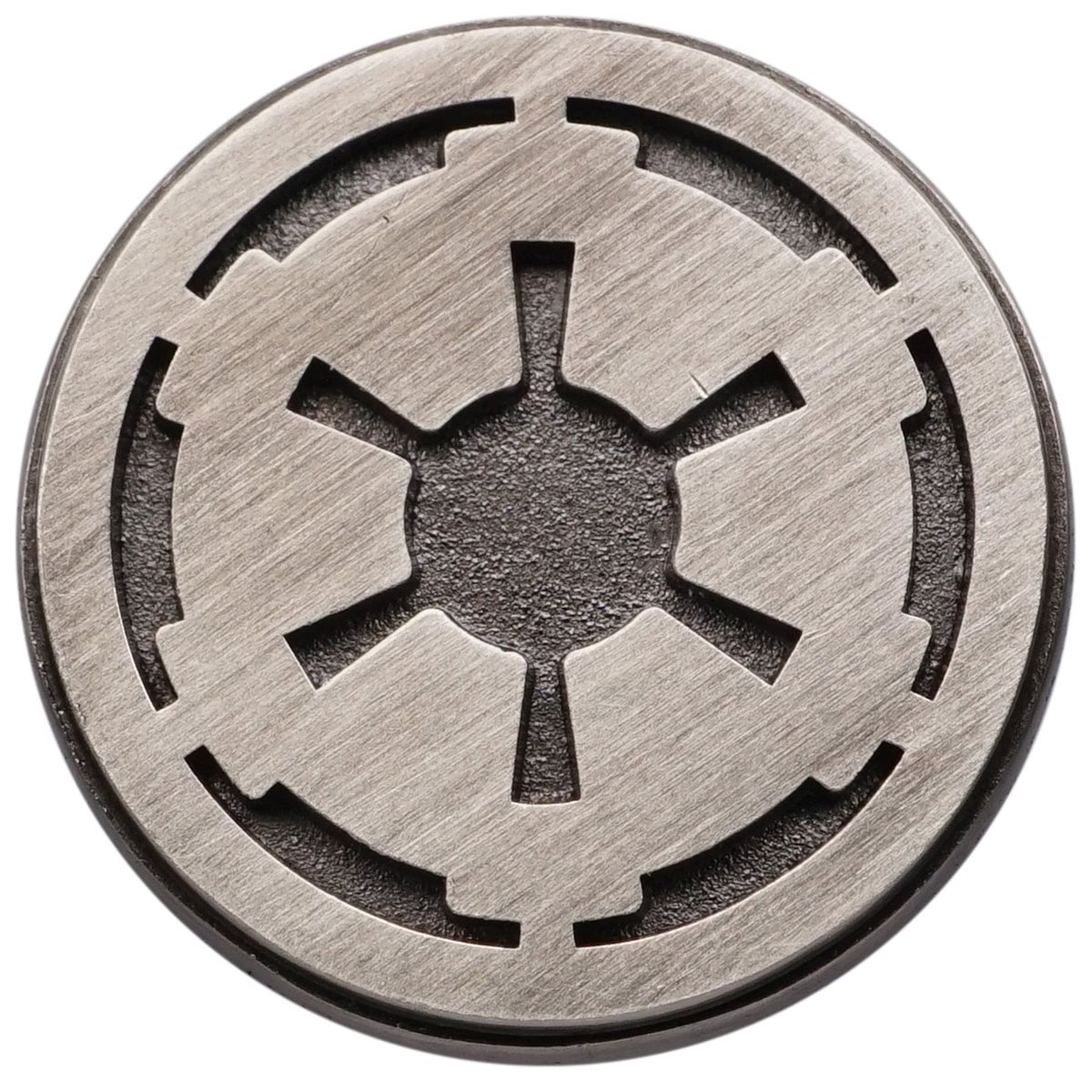

Yep. The doublespeak here is wild. “Controversial topics can and should be discussed, as long as they are not causing risk of imminent physical harm. Therefore, we are leaving up comments that cause imminent risk of physical harm.”
Forget the particular details of this issue. It feels way, way more strongly like they’re trying to duck out of having to take action.






I’m afraid that ship is already sailed, foundered, and is well on the way to the bottom in a lot of communities.
When it comes to spicy topics, many communities on Lemmy feel incredibly close-minded and hostile to opposing views.